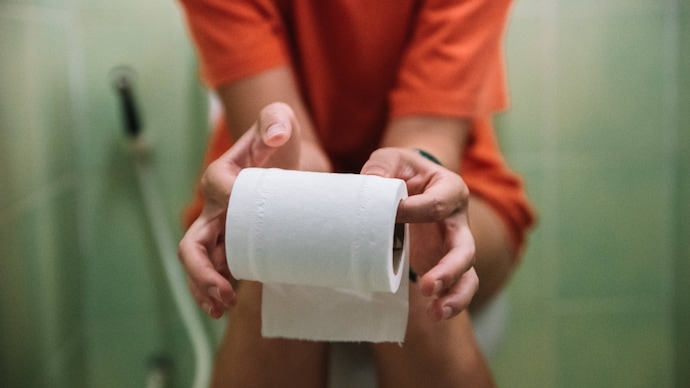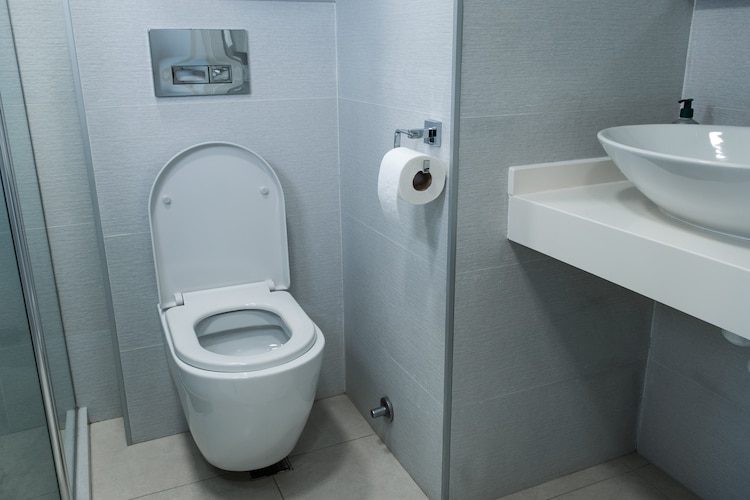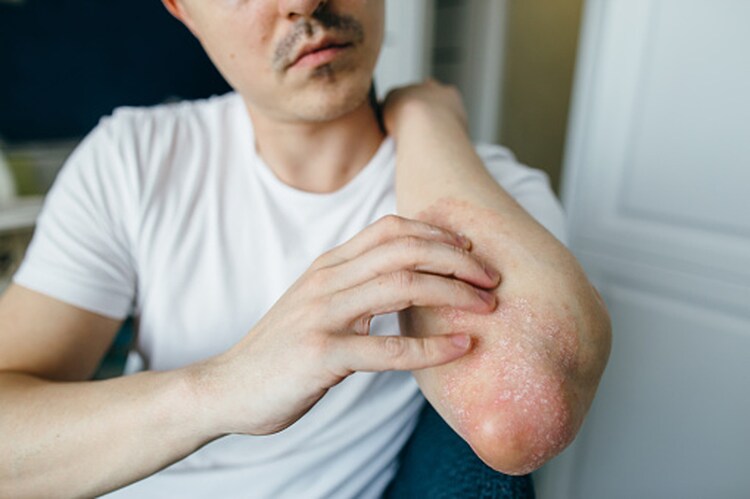Why should urinary incontinence after delivery not be ignored?
Urinary incontinence affects more than 50% of women, often caused by weakened pelvic muscles after childbirth. Although it usually resolves on its own, persistent cases require medical attention.

More than 50% of women experience urinary incontinence due to the stretching of the pelvic floor muscles during childbirth. This condition often occurs when laughing, coughing or sneezing.
Urinary incontinence is common after delivery due to weakened muscles. Although it usually resolves on its own within a few weeks, Kegel exercises can speed up recovery.
However, if urinary incontinence persists for a long time after delivery or occurs even without delivery, it becomes a matter of concern that requires medical treatment.
Understanding urinary incontinence
The combination of hormones and stretched muscles means the muscles that control your bladder become weaker. This can lead to accidental leakage of urine.
Urinary incontinence (UI) is the involuntary loss of bladder control, leading to accidental leakage of urine. It is a common condition that can range from occasional minor leakage to more persistent and serious problems. The condition can affect individuals of all ages, but is more prevalent in older adults, especially women.

The problem of urinary incontinence has been around for centuries, but only recently have we started talking about it openly. In India, the stigma associated with this condition has often prevented people from seeking help. However, the numbers tell a different story.
The incidence of urinary incontinence (UI) has increased significantly in India over the past few decades.
According to a study by the World Health Organisation (WHO), there has been a significant increase in the number of reported cases. This increase can be attributed to the increasing elderly population, lifestyle changes, and better awareness about the condition.
Urinary incontinence affects both men and women, but women are more likely to experience it. Studies show that 45% of women and 15% of men in India suffer from some form of urinary incontinence.
This disparity is largely due to differences in anatomy, pregnancy, childbirth, and menopause, which are specific risk factors for women.
Studies show that 30-40% of women experience urinary incontinence at some point in their lives, while only 5-15% of men do. The likelihood of developing this condition increases with age.
For example, about 20% of women aged 20–40 years have urinary incontinence, but more than 50% of women aged 80 years and older have it.
In the case of men, about 5% of young men are found to have this problem, and this number increases to about 30% in men over 80 years of age.
Different Types of Urinary Incontinence
There are several types of urinary incontinence, each of which manifests differently:
- Stress incontinence: Leaking of urine during physical activities such as coughing, sneezing, or lifting heavy objects.
- Urge to urinate: A sudden urge to urinate followed by involuntary leakage.
- Overflow incontinence: The bladder does not empty completely, causing frequent or constant leakage of urine.
- Functional incontinence: Inability to access a toilet in time due to a physical or mental disability.
How is it affecting your organs?
Urinary incontinence not only affects the bladder, but can also cause skin problems such as rashes and infections due to constant moisture.
This can lead to urinary tract infections (UTIs) and, in severe cases, kidney damage. It can also have a significant emotional impact, causing anxiety, depression and social isolation. Many people may begin to avoid social activities or situations where they fear embarrassment, which can lead to social isolation and a reduced quality of life.
Causes and risk factors
Several factors may be responsible for urinary incontinence, including:
- Aging: muscle weakness and decreased bladder capacity.
- Pregnancy and childbirth: Pressure on the bladder and pelvic floor muscles.
- Menopause: Decreasing estrogen levels affect bladder control.
- Prostate problems: Enlargement of the prostate or prostate surgery in men.
- Obesity: Excess weight increases pressure on the bladder.
- Chronic diseases: Diabetes and neurological disorders can interfere with bladder function.

Prevention and lifestyle changes
To prevent urinary incontinence, it is essential to adopt a healthy lifestyle:
- Maintain a healthy weight as this reduces pressure on the bladder.
- Staying active by doing regular exercise strengthens the pelvic floor muscles.
- Limit your intake of caffeine and alcohol as these can irritate the bladder.
- Quit smoking as smoking can cause coughing, which worsens stress incontinence.
- Bladder training can help delay urination, and getting to the toilet on time can also help.
Diagnosis and treatment
If you suspect that you have urinary incontinence, it’s important to see a doctor.
- Check medical history and undergo a physical examination to identify underlying causes.
- Get a urine test to check for infection or other problems.
- Maintain a bladder diary to record fluid intake and urination patterns.
- Have special tests done, such as urodynamic testing, to assess bladder function.
Treatment options vary depending on the type and severity of incontinence and may include the following:
- Pelvic floor exercises: To strengthen the muscles around the bladder.
- Medications: To alleviate symptoms or address underlying conditions.
- Medical devices: pessary or urethral insert for women.
- Surgery: In severe cases, to provide long-term relief.
- Behavioral techniques: Bladder training and going to the toilet at scheduled times.
Urinary incontinence is a common condition that affects many people, especially women. Although it can be distressing, it can be controlled with the right approach.
Understanding the causes, getting a timely diagnosis, and making lifestyle changes can greatly improve the quality of life. If you or someone you know is struggling with urinary incontinence, remember that help is available and you don’t have to face it alone.
(Disclaimer: The views and opinions expressed by the doctor are his independent professional judgment, and we take no responsibility for the accuracy of his views. This should not be considered as a substitute for medical advice. Please consult your treating physician for more details.)







